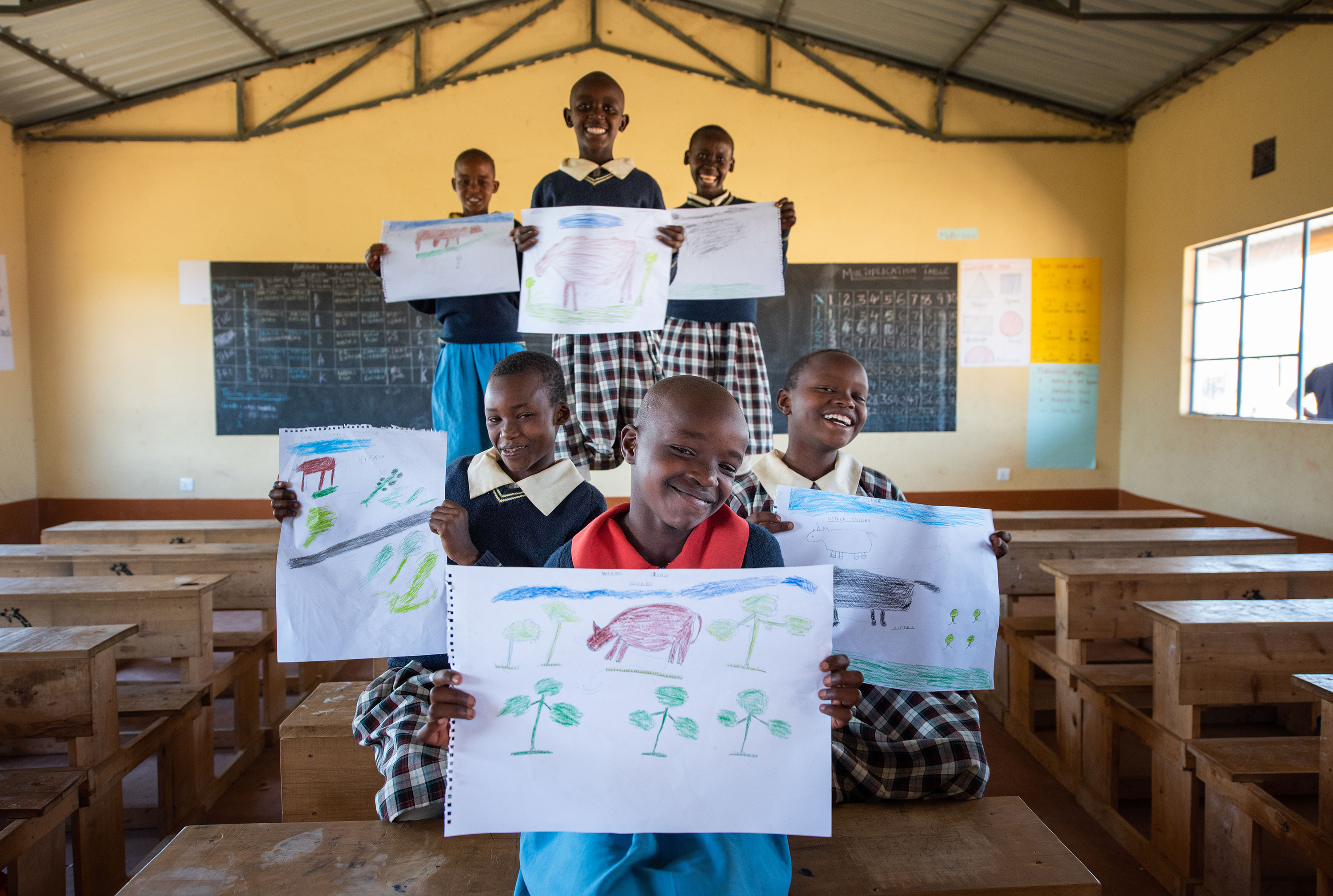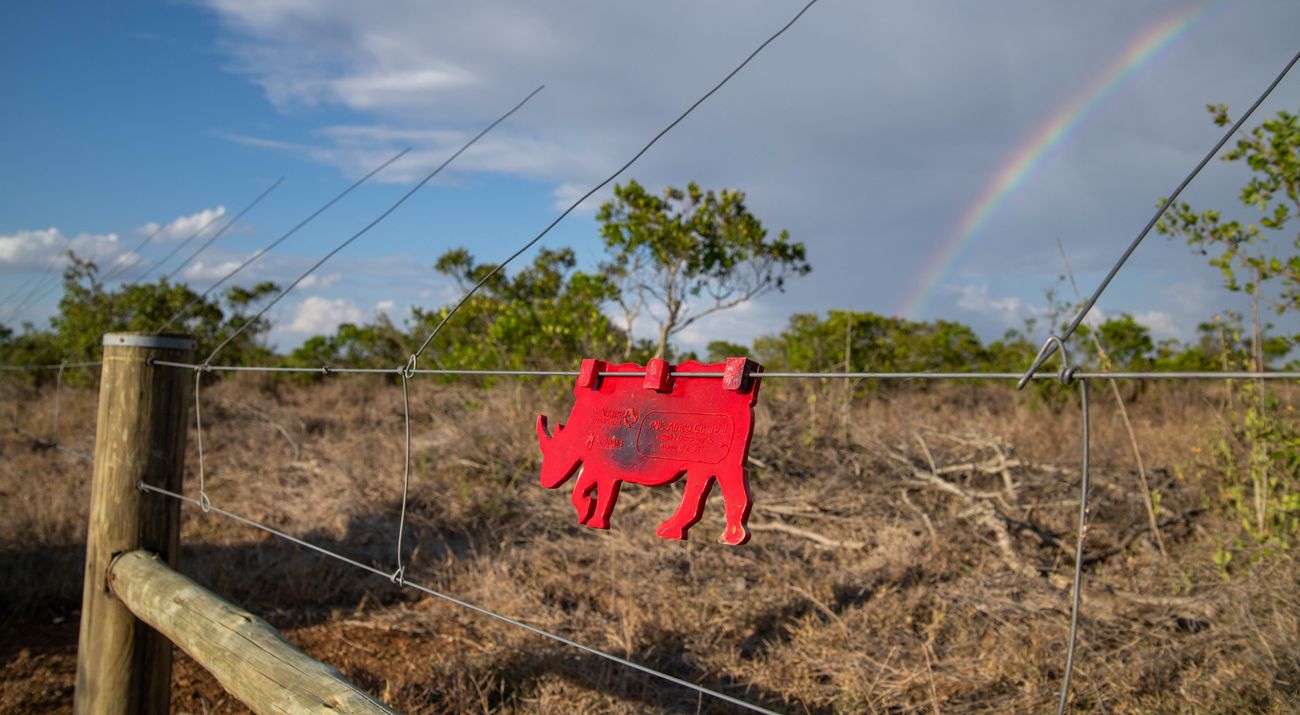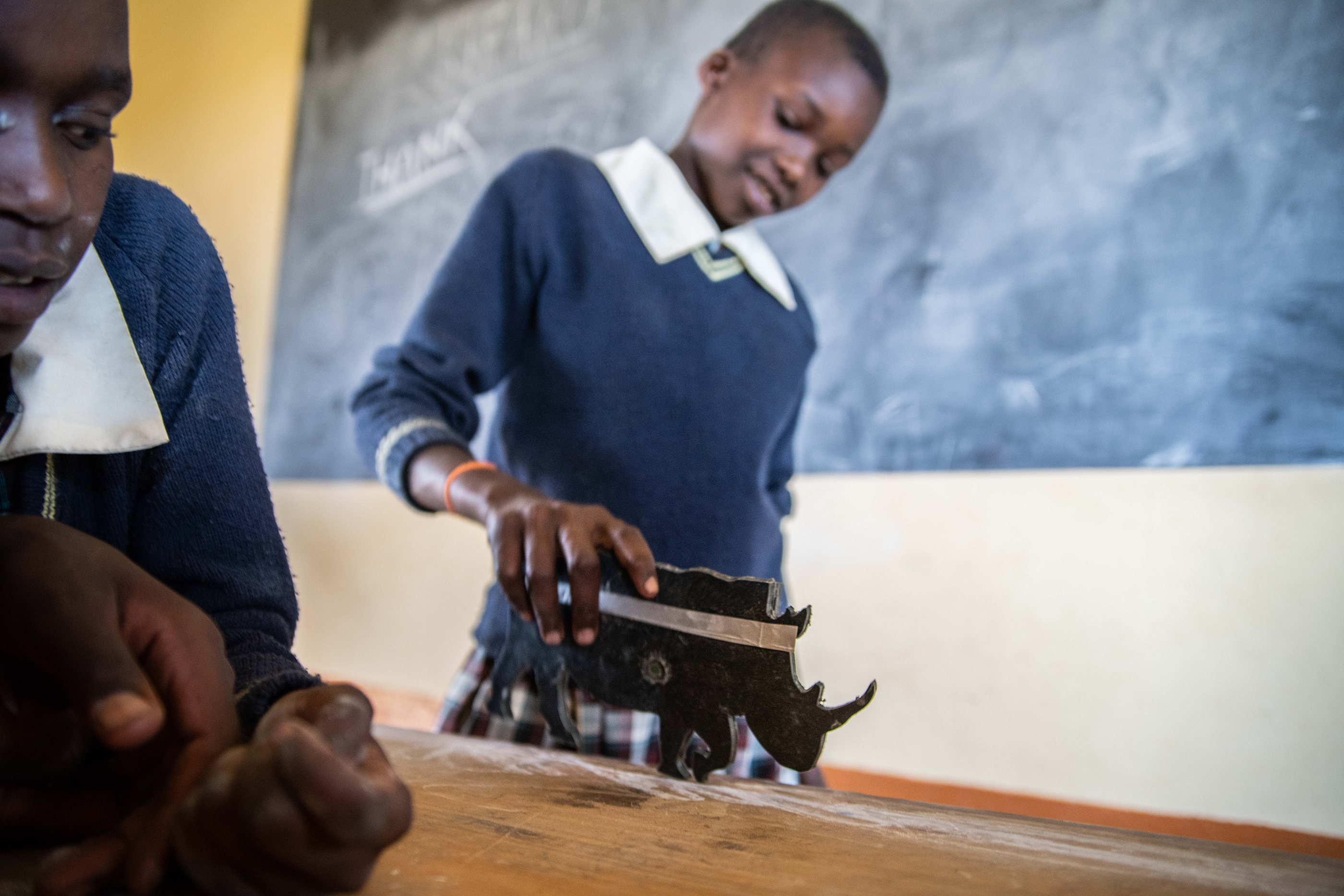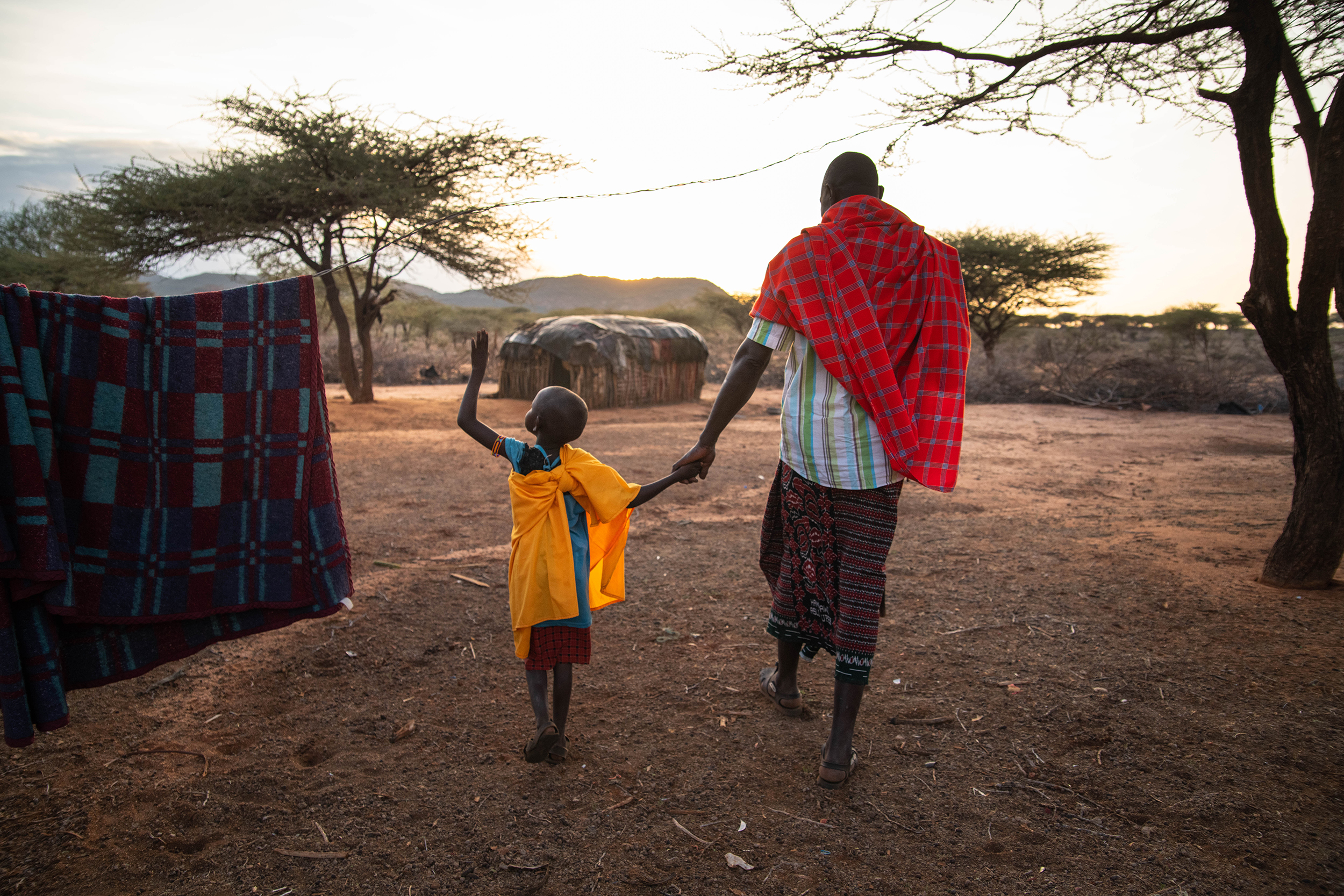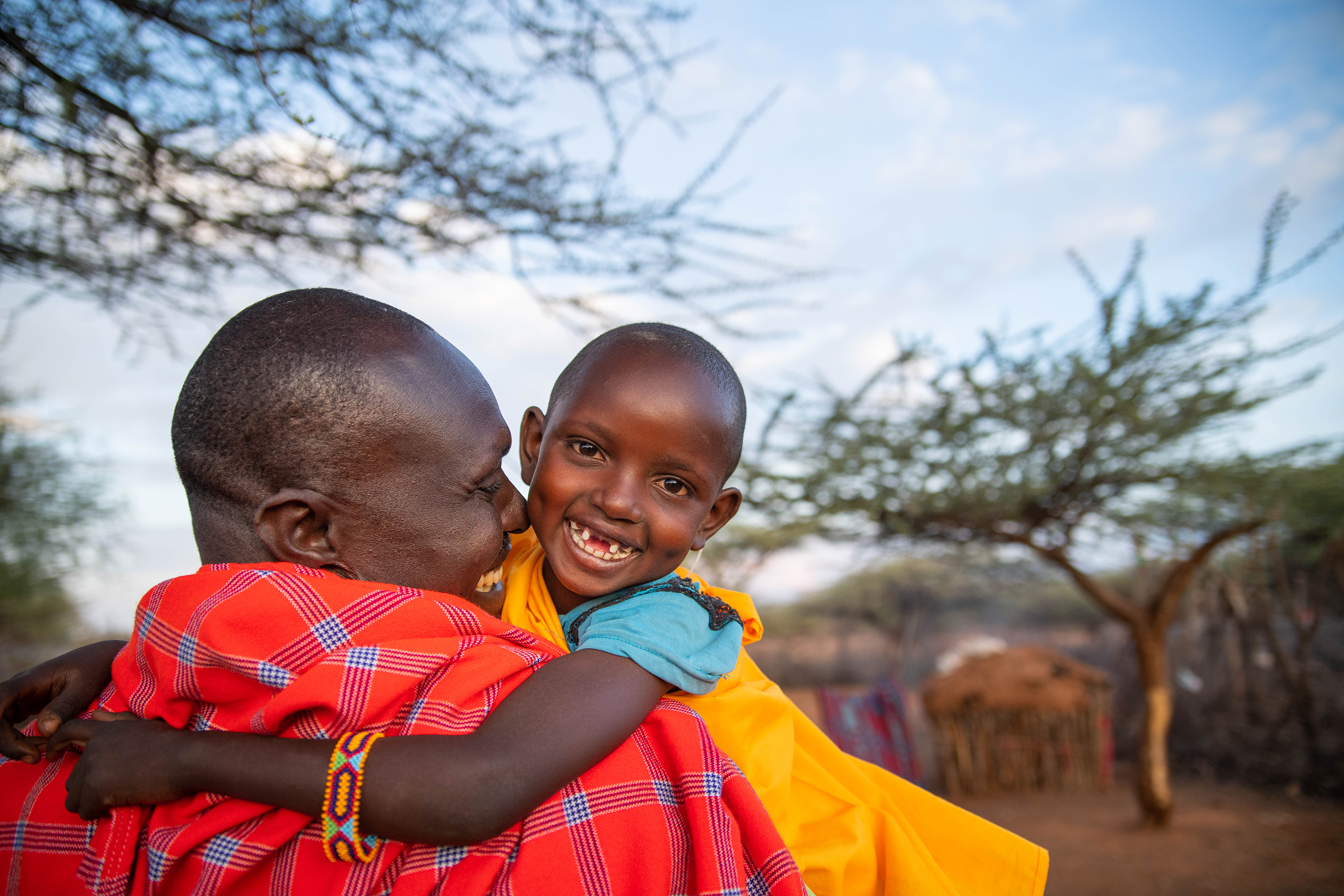Interconnected Sanctuaries in Kenya:
A New School for Children and a New Home for Rhinos
Across much of northern Kenya, where The Nature Conservancy is working with partners to stitch together millions of acres of grassland habitat, schools are scarce. In communities fortunate enough to have schools, families often find the fees for supplies and teachers’ salaries to be prohibitive.
In parallel to this challenge, we are keenly aware of the need to increase support for conservation among people who share their communally owned lands with wildlife. It’s essential here for conservation to measurably improve people’s lives.
Sometimes, the stars align quite naturally as seen in two building projects at Loisaba Conservancy, a 56,000-acre sanctuary that TNC donors secured to serve as a key piece of the habitat puzzle in this vast landscape.
One project is a new sanctuary for endangered black rhinos. The species was wiped out at Loisaba decades ago, yet there are other preserves in Kenya that are running out of room to house these highly territorial animals. Now, TNC is working with the San Diego Zoo Wildlife Alliance to build a secure sanctuary at Loisaba and to relocate an estimated 20 individual animals to it next year, enough to begin a breeding population, from other preserves in Kenya that have reached maximum carrying capacity.
Meanwhile, a Loisaba-supported sanctuary of another sort is already flourishing nearby: the Amani School, which was funded in large part by TNC donors through a giving circle called the Africa Affinity Group for Women and Girls. The name, which means “peace” in Swahili, is apt because it brings together children from different communities, including Maasai, Samburu and Kikuyu, to advance harmonious co-existence.
Previously, there was no school in this area. Now, nearly 200 students have access to life-changing education. To ensure that the school thrives, and to ease the financial strain on families, funding will continue to flow from Loisaba to cover school expenses. This service to the community will directly benefit from the new rhino sanctuary because rhinos draw more tourism revenue.
By layering in conservation education at the Amani School, we can ensure that the connection is made in the minds of local people, who are the ultimate stewards of wildlife.
